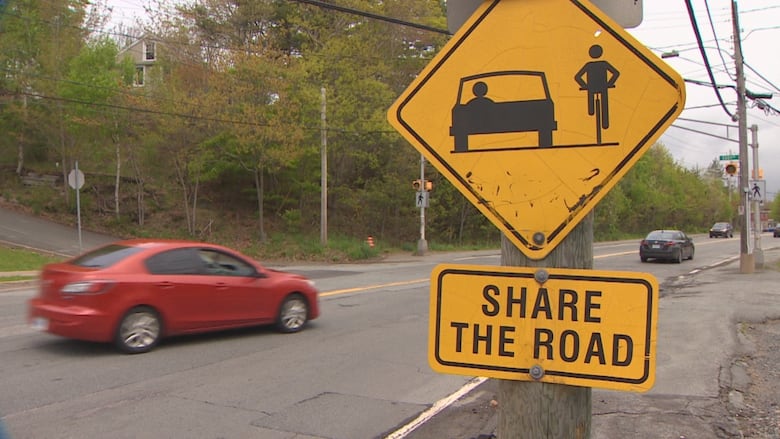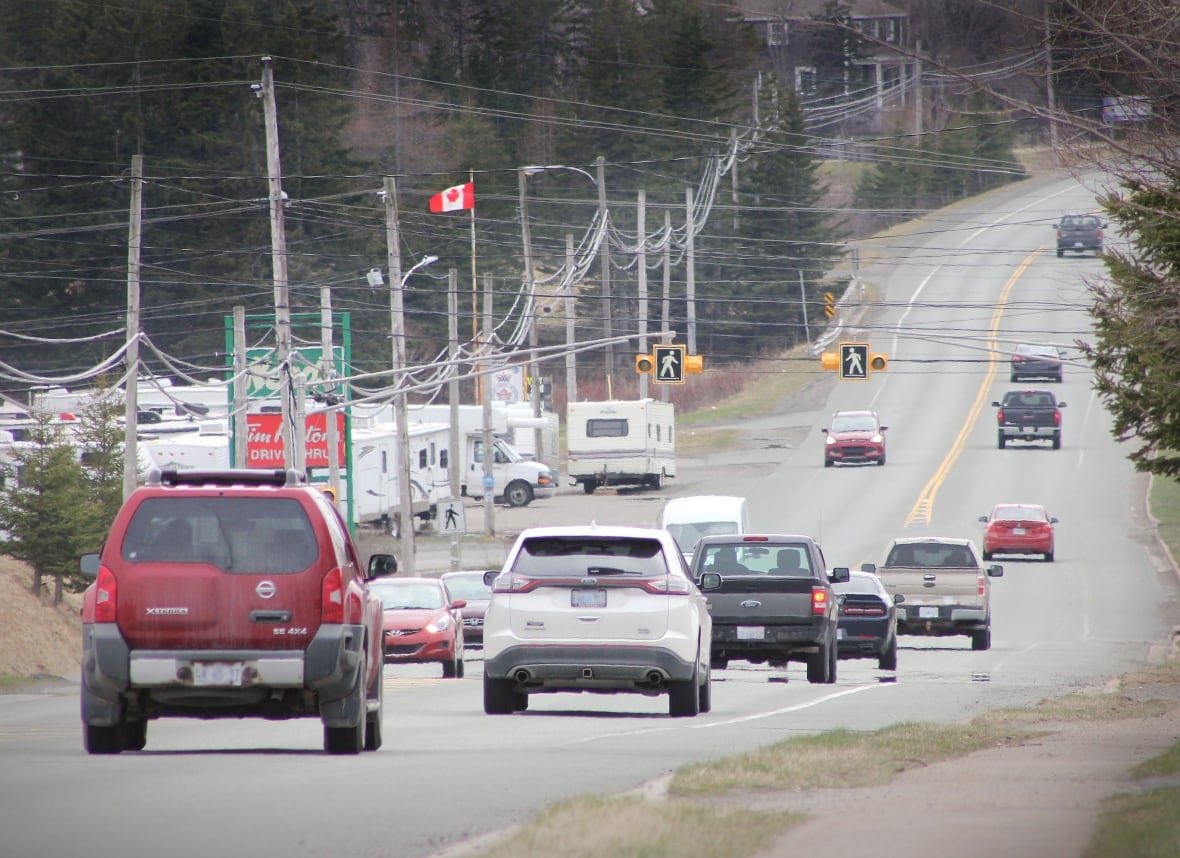Nova Scotia among least accessible provinces for non-drivers
Data from Statistics Canada suggests essential services difficult to get to via alternative transportation

A recent report from Statistics Canada shows basic needs are difficult to access in Nova Scotia if you're not travelling by car. One non-profit organizer says this brings further challenges for vulnerable populations.
"It's a big hindrance to people finding jobs, going to work, going to school, even things like groceries," said Michelle Porter, CEO of Souls Harbour Rescue Mission, a non-profit that supports people experiencing poverty across Nova Scotia.
The Statistics Canada Spatial Access Measures report, updated on Monday, looked into Canadians' access to essential services through alternative modes of transportation. The data suggests most Nova Scotians don't have a grocery store or child-care facilities within a 30-minute walk.
The same study found it would take most residents over an hour and a half on public transit to get to a health-care facility.
According to the latest performance report for Halifax Transit, buses were on time 68 per cent of the time last quarter. That's below the target of 85 per cent. Data from the performance report shows the timeliness of Halifax buses has declined in the last four years.
Porter said a late bus can be the difference between getting to a free meal service in time or staying hungry. Souls Harbour offers free lunch from noon to 2 p.m. daily.
"You'd have to time that bus ride just right," she said. "In the summer, it's not so bad, but when you're talking about stormy days or winter days, the challenge is even greater."

A spokesperson from Statistics Canada said access measures in the report offer a general impression of how many amenities are available, and how much time it takes to reach them. It measures the time of commute for walking, biking and public transit.
These indicators can be used to inform transportation policy and determine areas that are under served to improve equitable transportation, the spokesperson said.
Rural living
The territories and Atlantic Canada saw the highest rates of inaccessibility. But this is unsurprising, according to Patricia Collins, an associate professor in the department of geography and planning at Queen's University.
She said this is because many people in the region live in rural areas. "All of those forms of transportation require a certain level of population density to be feasible to offer," said Collins.
If communities are spread out across a large area, biking, walking and transit are often unpopular and difficult to implement effectively.
"There's a limit to how far people are willing to walk," Collins said. "If the destination is just too far away, then it's not really feasible to use those modes and people will have to drive."
According to the province, about 41 per cent of the population lives rurally in Nova Scotia as of 2021. That proportion is only surpassed by New Brunswick and P.E.I.
While reliance on cars is normal, Collins said it's important to try to reduce their use in order to minimize greenhouse gas emissions. That requires infrastructure for alternatives.
"The greater the number of vehicles on the road, the more hostile those roads are for people who aren't driving," she said.
Collins said the Statistics Canada data gives a general idea on the state of transport within the province but this can vary between municipalities.
Room for improvement
Porter said transportation remains inaccessible even within cities.
Two years ago, Souls Harbour opened a women and children's centre along the Eastern Shore within the Halifax Regional Municipality. When the project was approved, it was along a bus route, Porter said. But soon after opening, the route serving the centre was cut.
"I felt gutted," said Porter. "We had spent a year getting ready and then all of a sudden as soon as we moved in, the women and their kids, their bus route disappeared."
As of February, three Halifax Transit bus routes remain suspended and five have trip reductions.
Porter said the centre houses 24 women and their children. They often need transport for things like medical appointments or for children's activities.
Without transit available, Porter said the mission covers as many taxis as they can and staff will give clients' rides with their own vehicles.
Porter said they try to meet as much need as possible, but often have to make difficult decisions.
"We have to pick and choose," said Porter. "You could go easily down this hole of spending, spending, spending because it's really hard to say no."
In Halifax, people on income assistance and their families can apply for a free bus pass by visiting a Department of Opportunities and Social Development office. The province expanded the service to Cape Breton earlier this month.